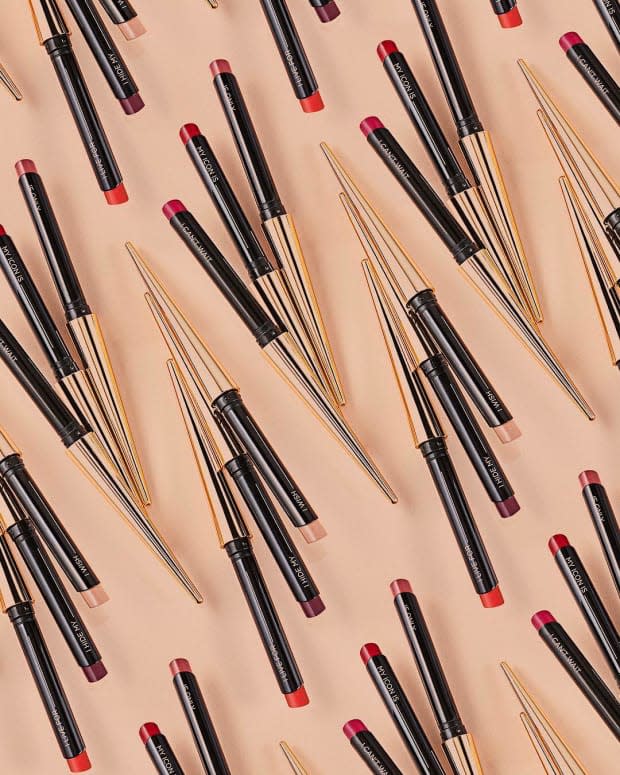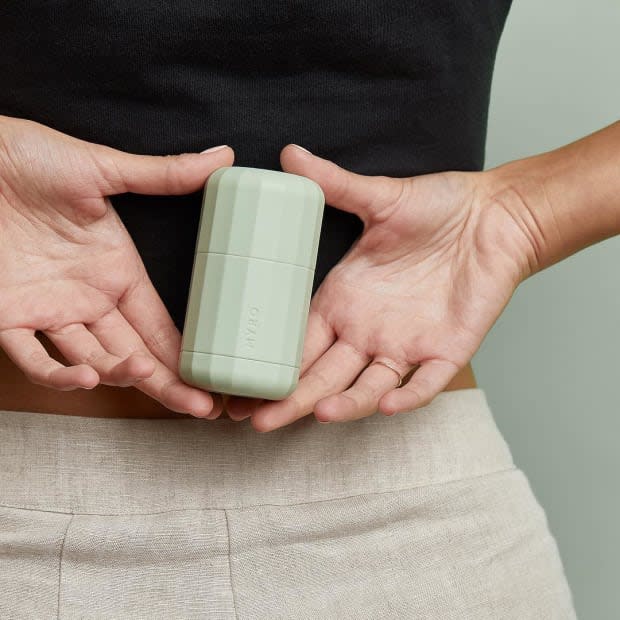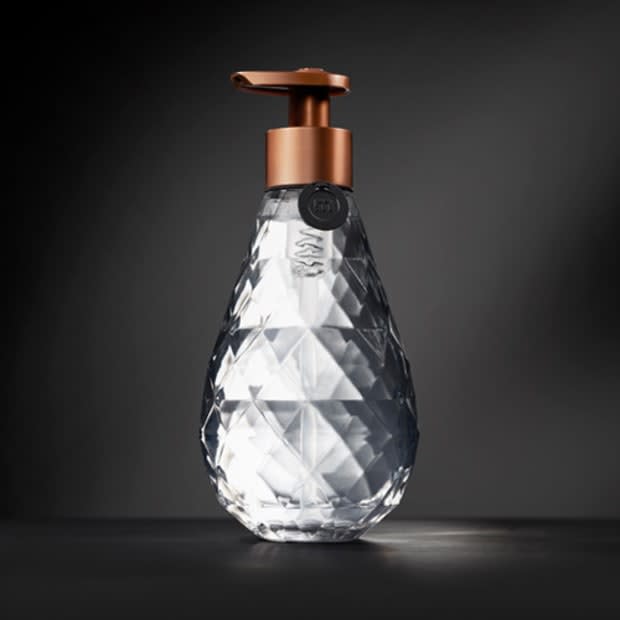Refillable Packaging Is the Trend Quietly Taking Over Luxury Beauty
Once the exclusive purview of eco-friendly brands, reusable containers are getting an overdue upgrade.

For an industry built on innovation, there are some beauty trends that follow a predictable pattern. Take green beauty, for instance: Some enterprising eco-crusader recognizes that we are using products and ingredients that potentially disrupt our health/animals/planet and sets about creating a product that minimizes or outright eliminates the impact of said issues. These pioneers are typically working at a small scale and on a limited budget, meaning many times formulas aren't always the most user friendly and aesthetics tend to be a bit underwhelming.
Then, as consumer awareness and demand spikes, the beauty establishment and more well-funded indies start paying attention to these causes and pour their money, science and design resources into the mix. We've seen it happen with organics and sustainability — and, most recently, refillables.
The idea of refillable products is by no means new — brands like Aveda and Stila started doing it decades ago — but a sharper focus on the contribution the beauty industry is making to the world's burgeoning pollution crisis has caused many brands to re-think all that excessive packaging.
What makes this new batch of reusable product containers different from their 20th century predecessors? For starters, they are ridiculously good-looking. Armed with the "no duh" understanding that consumers like their products to look pretty, brands have put their design acumen and their checkbooks toward producing eye-catching packaging that people want to show off — and hang on to. When luxury players like Dior, which recently released a (now sold-out) holiday set featuring a refillable version of its Rouge Dior lipstick, dip their toes in the pool, you know the bar has been raised.
We caught up with three companies that are leading the charge in creating innovative, covetable packaging consumers will want to keep on their vanities — and out of recycling plants or landfills — for years to come. By bringing artistic flair and brand prowess to the space, they each hope to drive major change and make refillables the way of the future.
Myro

Natural deodorant isn't exactly the sexiest of categories, but indie brand Myro is on a mission to change that. The subscription-based line offers consumers not only a variety of scents to choose from, but an architectural masterpiece of a tube to house its stink-stoppers in.
"We envisioned a simple but universal case design that's appealing to both men and women," explains Amy McDowell, the brand's Chief Revenue Officer. "The result is the current multifaceted shape that is aesthetically beautiful, allows for a sturdy grip in the hand and a locking top that keeps the product in place during travel."
This emphasis on attractiveness was key, but CEO and founder Greg Laptevsky admits that pretty isn't everything. "In order for consumers to consistently use a refillable product, it has got to be both aesthetically appealing and functionally well-designed. Myro's case is sleek and modern and loading a refill is super simple," he says.
While design is clearly important to the brand, Laptevsky and McDowell are emphatic that the driving force guiding them — and what they think should be inspiring their beauty brethren and the masses — is a true do-no-harm (or, at least, do-less-harm) mentality. Says McDowell, "Our customer wants to engage with companies that create effective, good-looking products, but they also want these brands to be aligned with their personal values and ethos."
Hourglass

As a category, makeup has been a bit behind on the refillable-chic concept. With the exception of a few notable outliers, like Kjaer Weis and Troy Surratt, the majority of cosmetics have been make-your-own compacts with a hodgepodge of magnetic inserts that aren't exactly what you'd call sophisticated. When Hourglass Cosmetics founder Carisa Janes set out to create the brand's first refillable lipstick — Confession Ultra Slim High Intensity Refillable Lipstick — glamour was the name of the game.
"I wanted something that was incredibly luxurious, and I immediately envisioned an ultra slim design; a sleek lipstick that could fit in the slimmest evening clutch," she says. That luxe look and high-fashion sensibility translated to a thin, shiny gold cylinder that tapered into a spike worthy of the sexiest Louboutin. But, like other formulations, the actual performance was a little harder to nail down. "The challenge was developing a formula that was compatible with such a slim applicator, yet rich in color and texture, and with a refillable cartridge," says Janes. "After thorough research and exhaustive testing, we accomplished our goal."
Janes also brings up another key benefit for the consumer: lower price points. When consumers purchase a product, the refill cartridge tends to be cheaper, meaning customer don't feel like they are simply "paying for the packaging." Not to mention the built-in repeat purchase behavior — if you've already got the container, it makes sense to buy the refill. Notes Janes, "The benefit for us is happy and loyal customers that feel good about their purchase."
Method

Green home and personal care brand Method has always been a staunch supporter of refillable products. Its hand soaps and dish soaps were conceived to be re-usable and the brand actively promotes its refill "pouches" that provide multiple fill-ups for your original container. The plastic containers have always been unique and quirky, but recently, Method has looked at the design of its products as something of a masterpiece — literally.
For the past few years the brand has partnered with up and coming artists to create limited edition bottles and scents featuring original artwork. This month Method took things one step further by partnering with the San Francisco Museum of Modern Art to create the Glass for Good Hand Wash, a multi-faceted glass bottle sold exclusively through the SFMOMA store, with proceeds benefiting the museum's arts education program.
"SFMOMA is our neighbor in downtown San Francisco and we have an existing brand partnership that is rooted in our shared values of supporting contemporary design and community," says Saskia van Gendt, Method Senior Director of Sustainability.
This marks the first glass container for the brand and is something van Gendt hints that we'll see more of in the near future. "One of our business priorities is packaging optimization. The glass bottle is something of a test-and-learn for our designers and our business to help us understand the potential of new approaches to refills and new materials like glass."
As consumers strive to become more ecologically responsible and brands begin to actively challenge themselves to develop new, smarter ways to package their products, does this mean refillables will be the wave of the future? Survey says… maybe. As Myro's Laptevsky notes, "This transition requires fresh thinking that breaks the rules on how things have been done for a long time. But today's consumers are open to changing habits if the end experience is dramatically better."
Please note: Occasionally, we use affiliate links on our site. This in no way affects our editorial decision-making.
